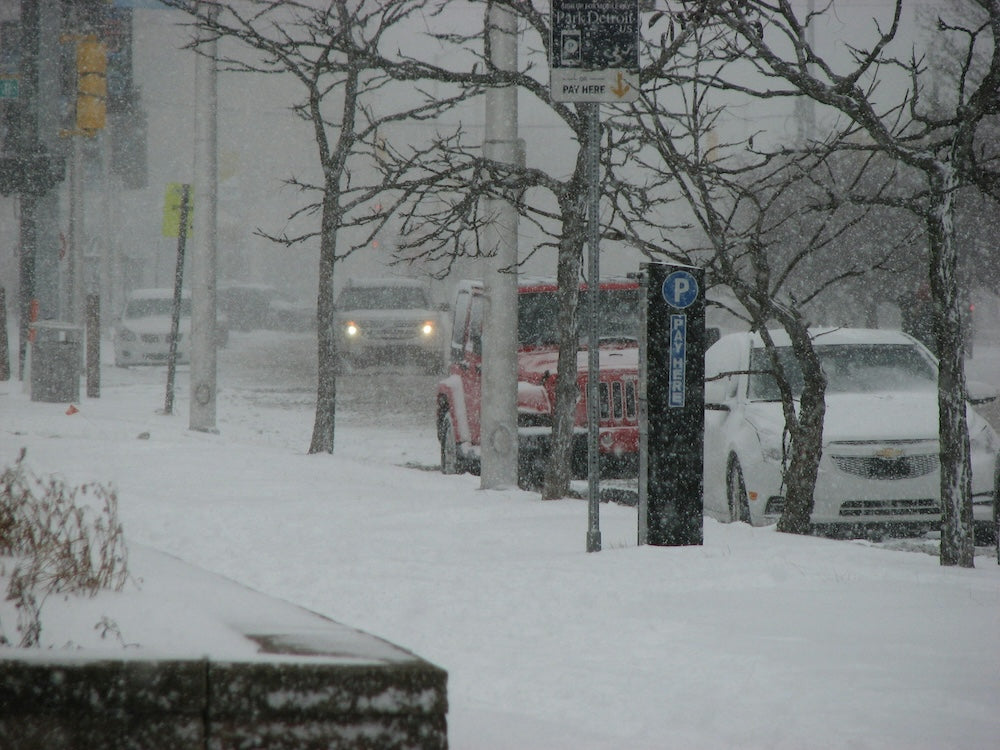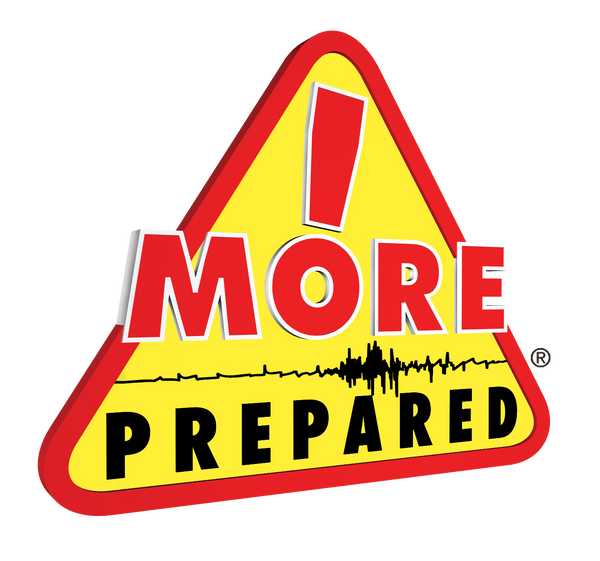
Preparing for Winter Storms
Many areas of the country are subject to severe winter storms which can bring strong winds, heavy snowfall, and freezing temperatures. Winter storms can cause entire communities to come to a halt until the storm passes and roadways are cleared. Storms can cause damage to structures, trees and power lines, and pose health risks to people in the form of frostbite, hypothermia, and overexertion. Keep reading to learn what steps you can take before winter storms and extreme cold arrive to stay better prepared.
Before a Winter Storm
Install storm windows, insulate exterior walls, attics and crawl spaces. Wrap pipes to prevent freezing. Gas-burning heaters and similar devices should be vented to the outdoors. Make sure your car is winterized (including good winter tires) and keep its gas tank full. Learn how to treat frostbite and hypothermia.
During a Winter Storm
Wear several layers of lightweight clothing: mittens, a scarf and a hat that covers the ears will help prevent frostbite. Wear waterproof, insulated boots to keep feet dry and warm, minimize travel, bring pets and livestock indoors, never use a generator indoors or in a garage or carport, watch for signs of frostbite (numbness and a loss of color in the extremities) and hypothermia (slurred speech, shivering, stumbling, body temperature below 95-degrees). Eat regularly and drink plenty of fluids. Do not overexert yourself when shoveling snow. If trapped outside, get out of the wind and stay dry. Do not eat snow; it will make you cold.
If you must stop, stay inside your vehicle and turn on hazard lights. If trapped in a blizzard, clear the car's tailpipe and run the engine for ten minutes each hour, open a window slightly. At night, turn on the car's dome light to make it easy to be spotted by emergency crews. Avoid using other electrical systems that could drain the battery. Exercise moderately to maintain body heat. Take turns sleeping, someone should always remain awake.
After a Winter Storm
If your home loses power or heat, go to a designated shelter. Avoid driving as roads may be impacted by snow, sleet and ice. Check on neighbors, especially those who are elderly or disabled.
How to Be More Prepared
Acquire tools and supplies that can be used to secure your home. Maintain a supply of rock salt, sand or kitty litter that can be spread on icy sidewalks and driveways. Have a gas heater or other alternate means of heating your home (but be sure it is properly vented). Have a supply of warm clothing, hats, and boots for each member of the family.
Keep well-provisioned survival kits in the home, office and vehicles. A basic home or car survival kit should include a minimum 3 day supply of:
- Energy bars or other food with a long shelf life
- Water in containers with a long shelf life
- Water purification tablets
- First aid kit
- Radio and flashlight (preferably battery-free)
- Light sticks, candles and matches
- Thermal blankets
- Ponchos
- Vinyl tarp
- Tissue packs or wipes
- Dust masks
- Sanitation bags
- Vinyl gloves
- Warmers
